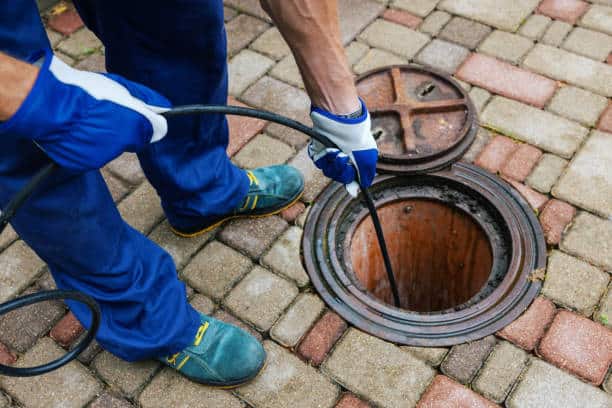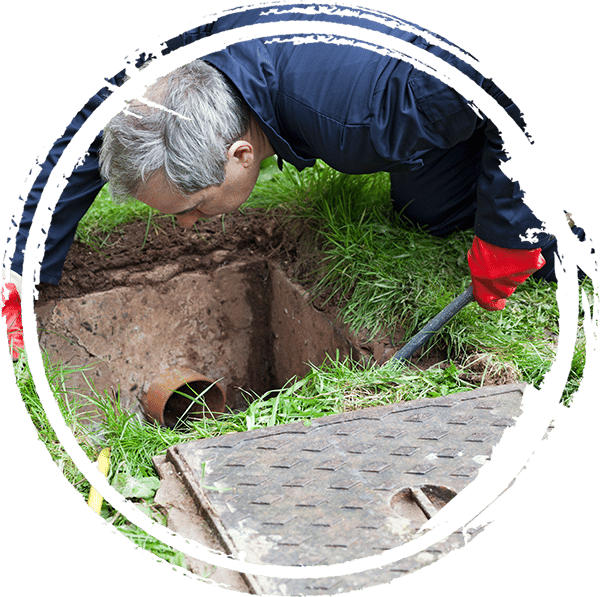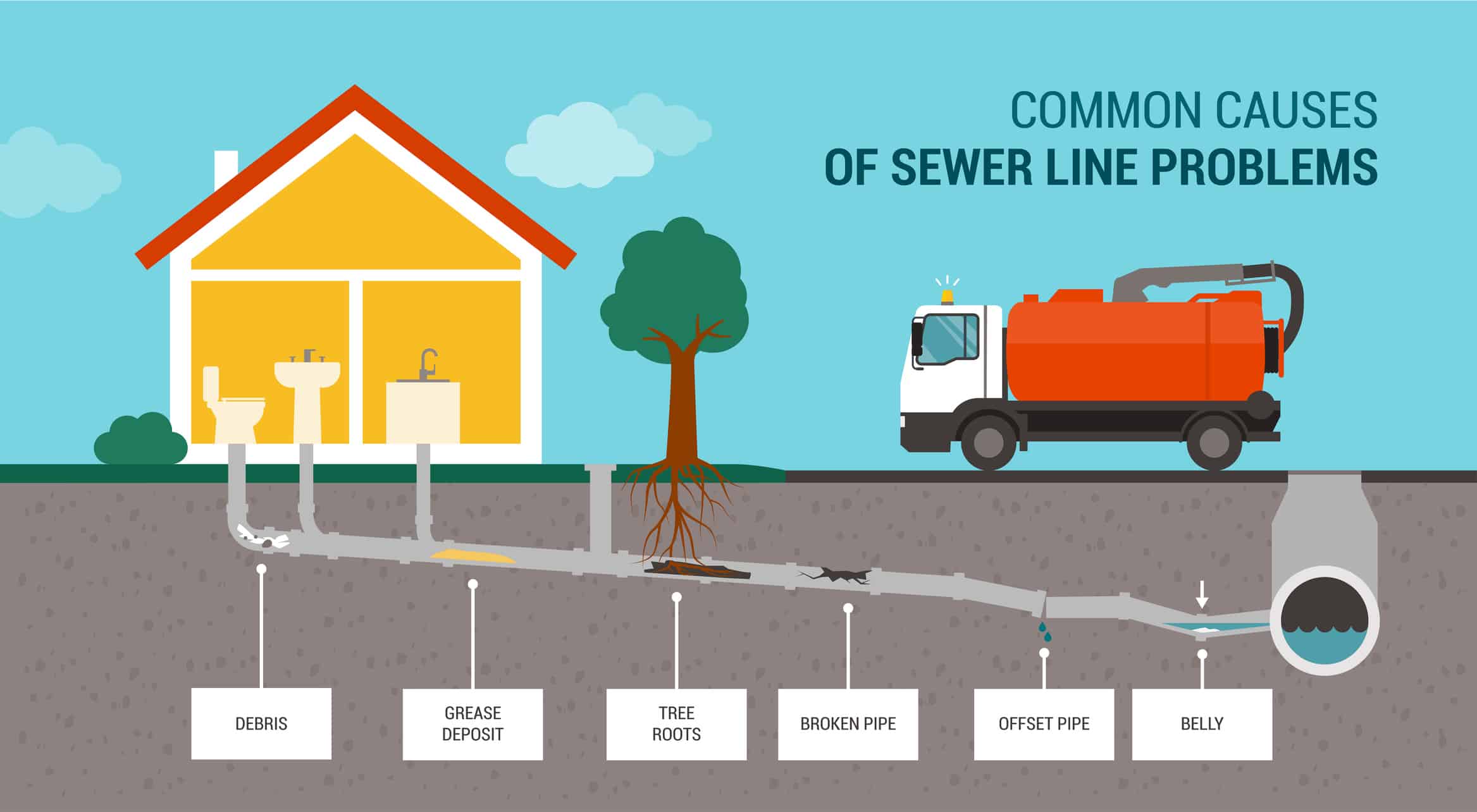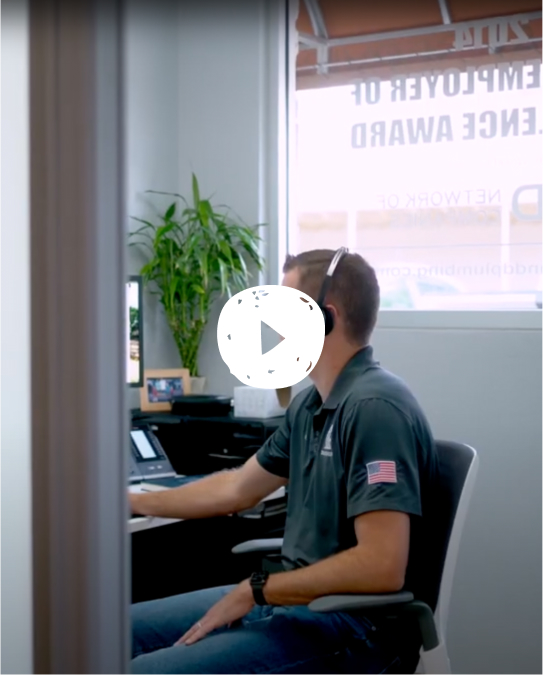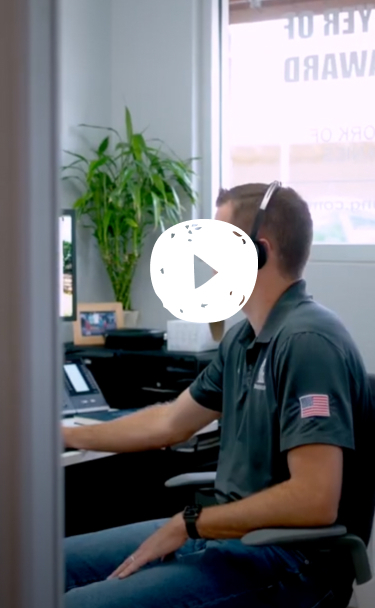What Plumbing Wet Vents Are and Why They’re Important
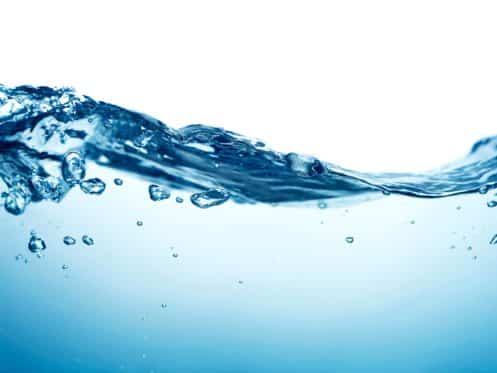
Understanding the layout, features, and nuances of the plumbing system in your Austin, TX home will make it infinitely easier to maintain. It will also help you identify developing problems before they have the chance to spiral out of control. Plumbing wet vents aren’t new plumbing features. They’ve actually been around since the 1920s. However, it was only very recently that wet vents were added to the Uniform Plumbing Code (UPC). If you’ve got plumbing wet vents in your home or if you want to have one installed, the following is everything you need to know about them.
What Plumbing Wet Vents Are
A wet vent is a dual-function waste pipe. It serves as both a drain pipe for liquid waste and a vent for sewer gases. With a wet vent, several fixtures are connected to a single vent stack, and the vent provides both protection and a means of egress for each. Wet venting is typically performed at sinks, showers, tubs, and toilets. In many Austin homes, the drain for the bathroom sink also functions as the vent for the toilet. Although this might not seem like the most sanitary arrangement, it’s actually designed to prevent harmful and odorous plumbing gases from entering the home and to ensure that plumbing waste gets where it’s supposed to go.
What Plumbing Wet Vents Do
Drain pipes or waste pipes in homes are designed to carry water and organic waste materials to the main sewer line. Sewer gases are routed to the roof where they’re expelled by vent pipes. Vent pipes also help to regulate pressure within a plumbing system so that it never becomes too high. In ideal cases, plumbing systems keep drain pipes and vents completely separate. This way, venting for one fixture such as the toilet isn’t blocked by waste that’s coming from another fixture, such as grey water that’s just gone down the sink drain.
However, it isn’t always easy to keep these processes separated. This is especially true when new bathroom fixtures are added to homes post-construction. Installing a wet vent allows a single pipe to serve both functions without serious risk of back-flowing gas or waste backups. For instance, if you have a small, standing shower on one side of your bathroom and want to add a bathtub on the other, a wet vent would make this possible without the need to totally modify your current pipe configuration.
Plumbing wet vents are frequently used to accommodate home upgrades and remodels. They’re also often installed when a buyer purchases existing construction and wants modern plumbing fixtures that exceed the capabilities of their home’s current plumbing. When two fixtures are wet-vented, both must be situated fairly close to the soil stack. This is the primary vertical vent/drain pipe. In certain configurations, the section of pipe that exists above one fixture using the soil stack for gas venting might be used for draining liquid waste. This is exactly why these vents are called wet vents.
How Wet Vents Differ From Dry Vents
Dry vents are plumbing vents that are used solely for the purpose of venting sewer gases. Dry vents can certainly experience airflow problems and other issues, but they are not subject to blockages caused by exiting waste. Many homeowners and plumbing professionals consider dry vents to be the superior option given that there’s less risk in using these vents and fewer possible problems that can occur. With dry vents, entirely separate drain lines are used for routing out liquid waste.
Important Rules and Codes for Wet Venting
As with all plumbing vents, wet vents must be properly installed in order to function correctly. Given that wet vents serve two distinctly different purposes, installation errors can cause a number of problems. To minimize the likelihood of having backups of waste or back-flowing sewer gases, several important rules exist. For instance, according to the UPC, even though wet venting can be used to accommodate two or more bathroom fixtures, each of these fixtures must be located on the same floor of the building. If there are two bathrooms that are adjacent to one another or a bathroom that has a separate water closet (WC), wet venting is acceptable so long as both are at the same elevation. However, when bathrooms are on two different floors of the home, even if one is directly above the other, using a wet vent is not allowed.
Without exception, all toilets that are included in a wet venting configuration must be lower than any other fixture sharing the same vent drain. Even when the toilet is at an equal height to other fixtures, separate drains and vents must be installed. Finally, pipe supporters must be installed at every four feet of vent pipe. Pipe supporters are sturdy clips that securely hold pipes in place.
It is additionally important to note that local building codes may differ from the UPC’s requirements for wet venting by setting firmer limitations on how this can be done, or by requiring additional preventative measures. As an example, wet vents cannot be smaller than a specified size. As per the UPC, they must be at least two inches in diameter. In certain areas, local building codes may specify a slightly larger size.
When Is Installing a Wet Vent a Good Idea?
Adding a wet vent can be a cost-effective alternative to dramatically modifying current plumbing systems. To this end, these vents work well when new plumbing fixtures are added to bathrooms after construction. If your current drain system isn’t able to accommodate upgraded fixtures that have greater demands for drainage or venting, connecting these upgrades to the vertical stack could be the right choice. In instances in which wet vents are determined to be the right addition to already complex plumbing configurations, they are installed in accordance with both UPC guidelines and any stricter measures that are required by local building codes.
Signs of Problems With Plumbing Wet Vents
Wet vents shouldn’t produce audible sounds. If your plumbing fixtures have become especially noisy in recent weeks or months, this may be a sign of a blocked, malfunctioning, or poorly installed wet vent. When vent pipes aren’t sufficiently large for accommodating the demands that are placed on them, various issues can occur. These can include hydraulic overloads, leaks, and clogs. Gurgling, bubbling, and hissing sounds are signs of poor sewer gas venting. These typically mean that sewer gases aren’t able to exit the building efficiently. When venting problems exist at wet vents, homes can also struggle with pervasive sewer smells.
Fixtures that are slow to drain but aren’t completely blocked indicate an obstruction within wet drains. Partially blocked pipes inhibit the flow of waste out of the home. If organic materials get caught on existing partial blockages, backups can occur. Just as with back-flowing sewer gases, partial blockages can make drains and the areas around bathroom fixtures smell unpleasant. If it takes a long time for any sink, shower, or bathtub that’s connected to a wet vent to drain, it’s important to contact a plumber right away.
At S & D Plumbing, we’ve been providing reliable plumbing services to residents of Austin for more than 40 years. We offer drain cleaning, hydrojetting, repiping, trenchless water line repair, slab leak and gas leak detection and repair, installation and repair of water heaters, garbage disposals, plumbing fixtures, and sump pumps, as well as installation of water softening and filtration devices. If you have new fixtures to add and want to know more about having a wet vent installed, give us a call today.



Contact Us Today

 Family-owned & operated is how we roll, Mascots included!
Family-owned & operated is how we roll, Mascots included!
Trust our experts to provide the cost-effective plumbing solutions you need — always backed by a 100% customer satisfaction guarantee!

